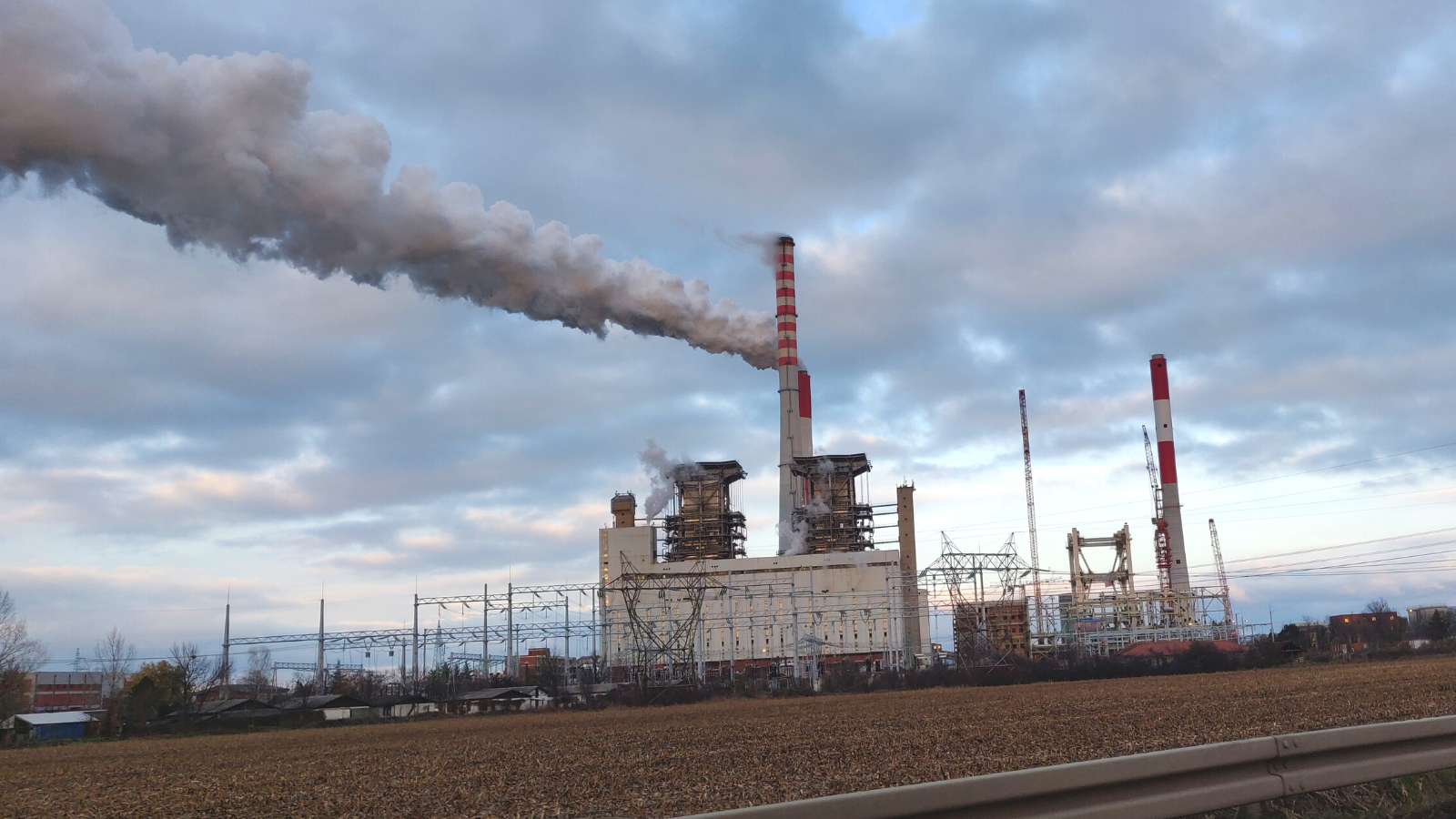Kostolac B power plant (B1, B2), Serbia
The Kostolac B power plant, consisting of 2 units of 350 MW each, first entered into operation in 1987. In 2022, the plant delivered 4388 GWh of electricity to the grid, nearly 20 per cent of the country’s coal-based generation.

Stay informed
We closely follow international public finance and bring critical updates from the ground.
Background
Serbia’s energy utility EPS secured financing for a complete overhaul of Kostolac B1 and B2 in December 2011. A USD 293 million loan was taken by the Government of Serbia on behalf of EPS from China Exim Bank to equip the two units with flue gas desulphurisation (de-SOx) technology and bring the plant’s SO2 emissions in line with the Large Combustion Plant Directive. This should have been done by the time the Directive entered into force in January 2018. The company contracted for the works was the China Machinery and Engineering Corporation (CMEC), the same company which has built a new unit at Kostolac B.
The works were finalised in July 2017, according to the Government. However, EPS’ 2018 Environmental Report shows that the application for a construction permit for the de-SOx installation was submitted only in November 2018 – more than a year after the opening ceremony for the facility. The permit was actually rejected twice – once in December 2018 and once in January 2019 – although the grounds on which rejections were issued by the Serbian authority are unknown.
The only explanation we received at the time from EPS and the Serbian Ministry of Energy and Mining was that the gypsum landfill was not ready for the de-SOx to start operation.
In December 2019, EPS launched a public consultation for an ‘updated’ Environmental Impact Assessment (EIA) report for the desulphurisation unit at Kostolac B, and public consultations were held in January 2020. The decision approving this new EIA for the already built de-SOx facility was made in August 2020.
In April 2021, the Ministry of Mining and Energy announced that in fact the facility has been operating in testing mode since October 2020 but annual emissions in 2020 were much higher than those in the previous year. Kostolac B released 95,097 tonnes of SO2 in 2020, which was enough to breach the national – not plant level – 2020 ceiling for this pollutant by 1.74 times.
In 2021, the plant finally started to decrease its sulphur dioxide emissions. It emitted 26,015 tonnes of SO2 – a significant reduction compared to 95,097 tonnes in 2020 – but still 1.6 times as much as allowed. However, in 2022, its SO2 emissions increased again — to 36,560 tonnes. This meant it emitted more than four and a half times as much SO2 as allowed.
Since the period between the start of testing and requesting the operating permit for the desulphurisation equipment could not legally be longer than a year, EPS requested an operating permit in October 2021. The Ministry neither approved nor rejected this, so EPS made several more requests before finally obtaining the operating permit in January 2023.
Latest news
Western Balkans decarbonisation is urgent: but the EU enlargement package is still sending mixed signals
Blog entry | 10 November, 2023The European Commission’s annual reports on the Western Balkan countries’ EU accession progress vary considerably on decarbonisation, sending mixed messages on coal and especially gas. The EU needs to take a more consistent approach if the region is to achieve decarbonisation by 2050 at the latest.
Read moreBosnia and Herzegovina’s draft NECP: The good, the bad and the ugly
Blog entry | 20 July, 2023Bosnia and Herzegovina’s draft NECP finally looks to the future, plans no new fossil fuel power plants and significantly scales back unrealistic hydropower plans. But existing coal plants are to keep operating illegally and the draft is furtive about coal-to-biomass plans.
Read moreNew report – deadly legal breaches by Western Balkan coal plants increased in 2022
Press release | 28 June, 2023In 2022, deadly air pollution from the Western Balkans’ coal power plants increased compared to 2021, according to the fifth edition of Bankwatch’s Comply or Close report, published today (1). Emissions of all three regulated pollutants – sulphur dioxide (SO2), dust and nitrogen oxides (NOx) grew, and for the first time, the region’s overall limit for NOx was breached.
Read moreRelated publications
A Just Transition Fund for the Western Balkan countries
Report | 11 January, 2022 | Download PDFThe EU’s Just Transition Mechanism will mobilise more than EUR 100 billion in investments over the period from 2021 to 2027 to help countries shift their energy sources from fossil fuels to more sustainable ones. Part of this Mechanism is the Just Tran
Summary of the study: ‘Identification and analysis of potential sustainable heating solutions in Pljevlja, Montenegro’
Study | 25 October, 2021 | Download PDFIn order to address high levels of air pollution in Pljevlja, Montenegro, the municipality’s heating supply must become more sustainable. Although Montenegro’s 2030 Energy Strategy proposes the development of district heating systems based on biomass,
Western Balkan coal power plants polluted twice as much as those in the EU in 2019
Briefing | 12 July, 2021 | Download PDFThe non-compliance of Western Balkan coal power plants with the emission limits enshrined in the Energy Community Treaty is reflected in the region’s high sulphur dioxide (SO2), nitrogen oxides (NOX) and dust emissions. This briefing looks mainly at th
